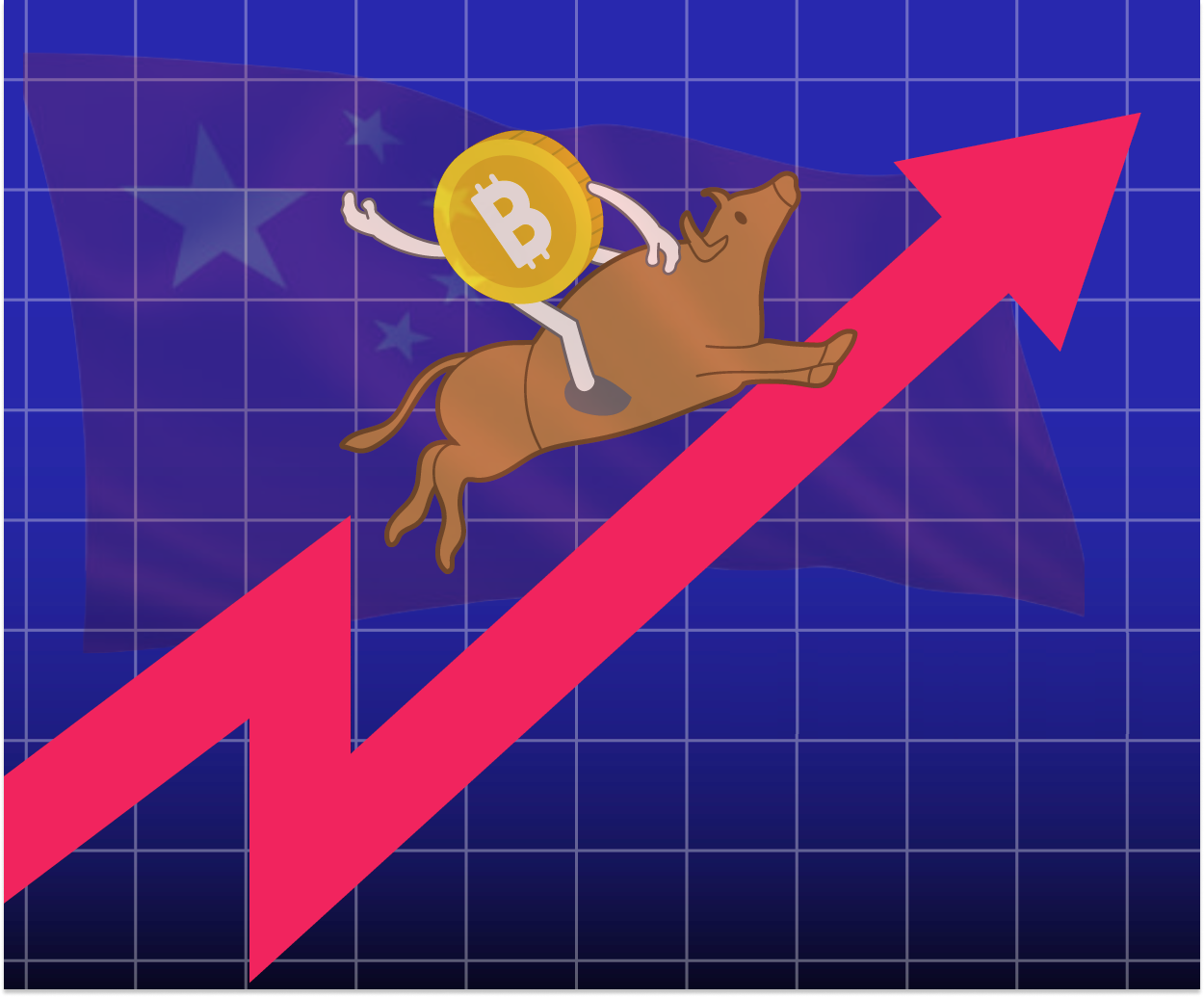In May 2021, China announced a crackdown on crypto trading with a focus on businesses, banks and mining companies. While this had a devastating effect on the market, and retail traders’ sentiment, just three months later Bitcoin has bounced back. As we explore the intricacies of the timeline, we can observe the defiant and resilient nature of the world’s first digital currency.
China Announces Ban On Crypto
No stranger to cryptocurrency lockdowns, China has previously banned Bitcoin in 2013 and then ICOs (token sales) in 2017 for various reasons. The latest ban, announced in May of this year, prohibits businesses from offering services that relate to the buying, selling, or trading of cryptocurrencies - including renting offices or rending marketing services to companies in this line of work.
Five of the biggest mining regions in China have since set about putting a stop to Bitcoin mining, an alarming thought at the time considering that China was responsible for over 45% of Bitcoin’s hashrate (67% at the end of last year). Xinjiang, Sichuan, Inner Mongolia, Qinghai, and Yunnan have all implemented the ban, with several of the provinces instructing electricity companies to shut off the power supply to any suspected mining pools. These actions sparked a mass “migration” of miners moving their rigs to alternative countries or selling their equipment to foreigners.
The authoritarian state announced that the ban is due to the volatile price movements of Bitcoin, intended to protect the people of China from any financial losses, as well as the environmental concerns associated with mining BTC. The environmental impact conversation was sparked by Elon Musk, CEO of Tesla, who announced that the company would be reversing their Bitcoin payment option citing environmental concerns as the leading cause. Many believe that the ban on Bitcoin is also in anticipation of the launch of the digital Yuan which the country is currently working on implementing.
How China’s Ban Affected The Market
Considering that China was responsible for a large portion of Bitcoin mining, the ban and shutdowns had considerable effects on the network congestion and BTC price. In weeks to follow the price dropped from $57,000 to just below $30,000, although it must be mentioned that the China ban coincided unfortunately with Tesla’s announcement to stop accepting Bitcoin as a payment option. This instigated a mass sell-off of predominately newbie investors not used to the volatility of the market.
The crash saw the entire cryptocurrency market lose over $1 trillion in a matter of days, dropping from its all-time high value of $2.5 trillion on 12 May to $1.2 trillion on 23 May. The bear market officially came to a close on 21 July when the bulls took charge and instigated a gradual increase, ultimately leading to the $2 trillion market value at the time of writing.
On the other hand, the concentration of Bitcoin mining in one country was considered to be a weakness of the network. With mining companies popping up around the world, most notably in the United States, Canada, and Kazakhstan, the hashrate quickly bounced back. With the mining distributed more evenly, the environmental impact is reduced as many alternative mining companies make use of renewable energy in the area. It is reported that by July 2021 the use of renewable energy sources for Bitcoin mining reached 56%.
Bitcoin Bounces Back, Again
As with every bear market we’ve witnessed in its history, the biggest cryptocurrency always bounces back. Now viewed as a positive shift for Bitcoin, the Chinese ban on crypto trading is seemingly forgotten and the market has returned to previous highs. The Bitcoin price has returned to the $50,000 region, the same price recorded on 14 May before this story began to unfold. Only with one clear advantage - China no longer dominates the Bitcoin hashrate.
As witnessed through time, Bitcoin has developed a resilience that is yet to be defeated. The cryptocurrency bounced back from the pandemic crashes to higher highs and has continued to grow in strength and value, despite the obvious setbacks. While just over a decade in age, the digital currency proves time and time again that it is a formidable commodity that is here to stay.
________________________________________________________
Oobit Technologies Pte, 50 Raffles Place #37-00 Singapore Land Tower, Singapore (048623). is a company registered in Singapore (no:201716443G), that has been approved as Appointed Representative of Oobit Technologies OÜ, Harju maakond, Tallinn, Lasnamäe linnaosa, Väike-Paala tn 2, 11415, (no: 14852617 ). Which is authorized and regulated by the FIU (no: FVR001421 and FRK001304).
